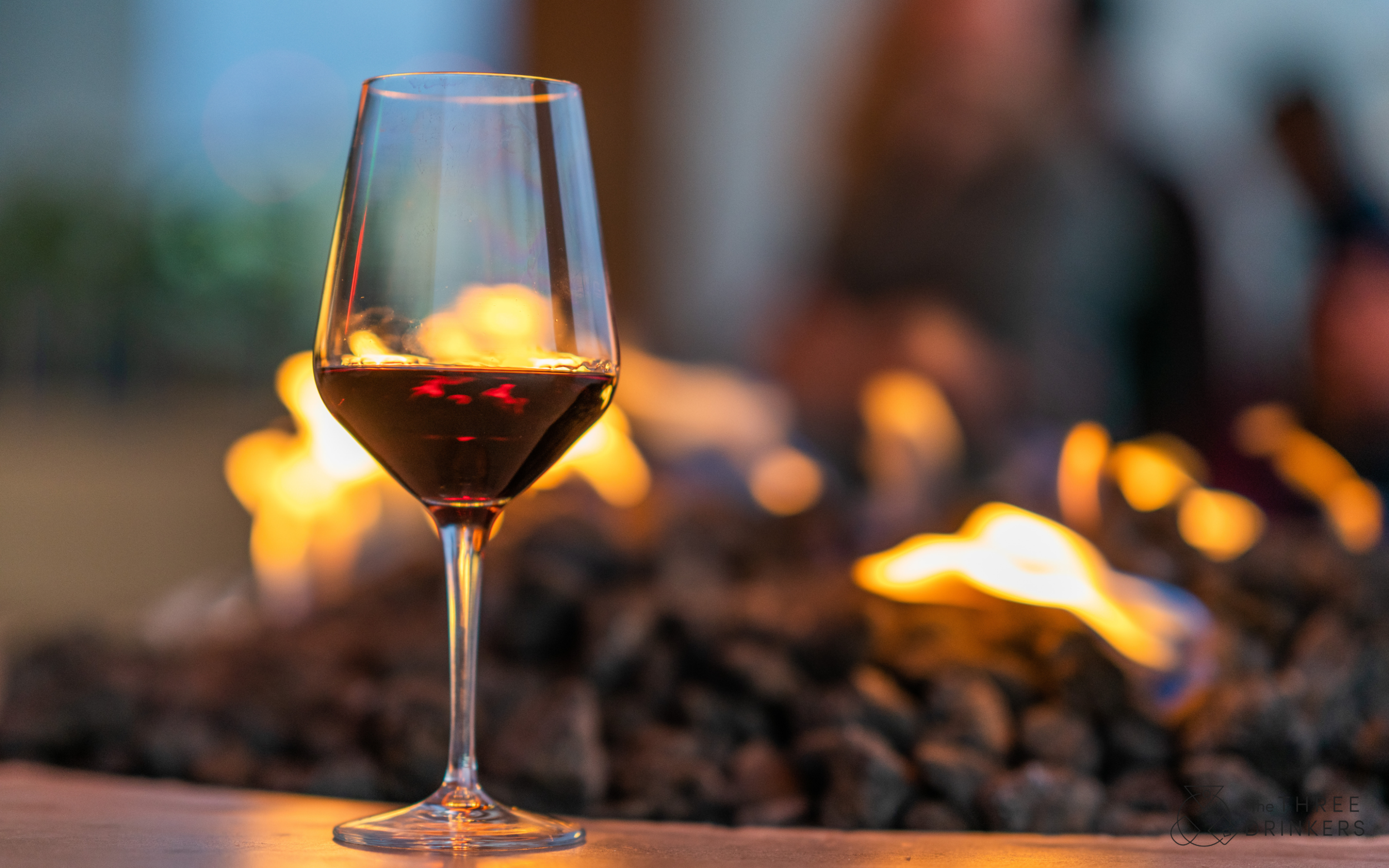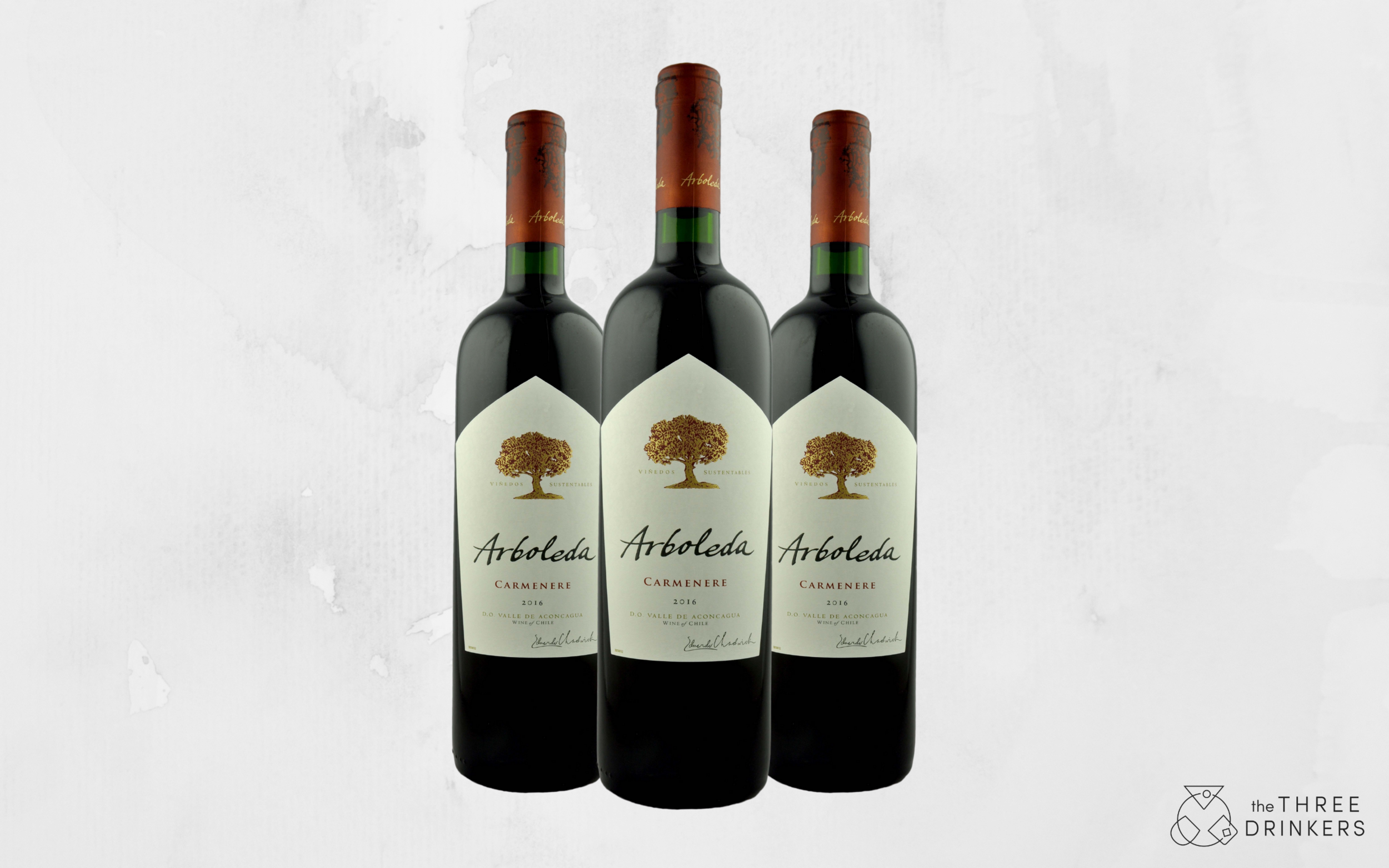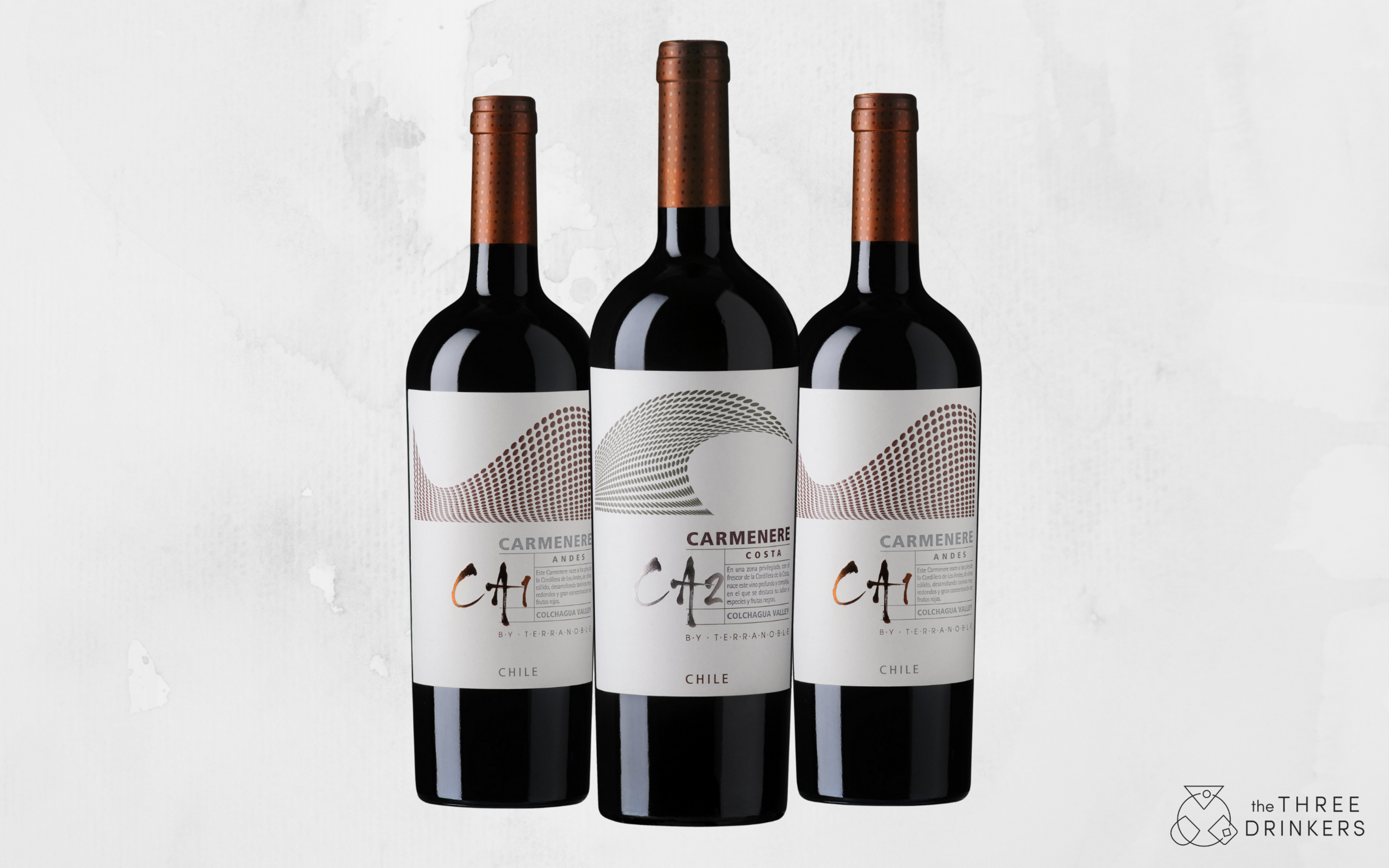Words by Helena Nicklin
Carmenère is a red grape that has really upped its game in the last few years. Fans of Cabernet Sauvignon will appreciate its similar, brooding, blackcurrant leaf flavour profile but Carmenère tends to be juicier and less tannic than Cabernet Sauvignon with a characteristic cocoa and bell pepper notes on the finish. Dark purple, velvety and smoky, throwing herbs into the cauldron, Carmenère has always been the smoky sorceress of wine grapes to me.
Much like Malbec in Argentina, Carmenère came over to South America from Bordeaux when French immigrants settled there in the 1800s. For years it was believed to be Merlot but it eventually was discovered for what it was and has only been an officially recognised varietal in Chile, its new spiritual home, since 1998. It never thrived in its original home of Bordeaux where it struggled to get ripe and after the phylloxera vine infestation of 1870s, most of the vines there were ripped out. Chile had the right combination of weather and soils however to let the grape show its potential. For years it made relatively inexpensive, juicy, dark red wines in Chile that were easy to drink but not all that complex. Nowadays, Chilean Carmenère is getting the full terroir treatment, with higher quality wines from specific microclimates really showing what this grape can do. According to winemaker Marcelo Garcia at TerraNoble winery in Chile, a Carmenère plant takes around 12-15 years to truly shine, when it starts to make wines that have more structure and fewer vegetal notes.
Fact: The name Carmenère comes from the French word for crimson, which is ‘carmin’, thanks to its bright red leaves at Autumn time.
Fact: Carmenère is also often spelled with two accents: Carménère. Chile tends to only use one.
Carmenère Food Match
The smoky, leafiness of this grape makes it a great match for earthy meats like roast lamb and grilled vegetables. It loves anything that’s been on a barbecue!
Chilean Carmenère Tasting Tour
Co-op Irresistible Carmenère
From the warm, inland appellation of the Maipo Valley, this cheap and cheerful wine is a classic example, packed with notes of ripe blackcurrant, vanilla spice and green pepper. Smooth velvety. It packs quite a punch.
Find it here at Co-Op for £7
Arboleda Carmenère 2016
A rich, bramble-fruit and chocolatey number hailing from the inland Aconcagua region that is a step up in structure and complexity. Silky smooth, but big enough to handle lots of meat. You might always want to try this with some dark chocolate! There are not many wines you can say that about!
Find it at Corneyandbarrow.com for £16.95
Costa Vs Andes
TerraNoble is a winery becoming known for championing Carmenère and creating high-end wines with it. They have an exciting project where they are comparing Carmenère from Los lingues the bottom of the Andes with some from Lolol, by the coast. What they have found is that the Andes (CA1 Andes) wine is riper, fuller-bodied and richer with more classic typicity than the cooler, coastal wine (CA2 Costa), which shows crunchy red fruit notes, fewer green flavours and generally, a finer structure and more precision. Try them side by side to see what this grape can truly do.
Find CA1 Carmenère Andes 2014 at vintageroots.co.uk for £27.30 (2017 on its way)
Find CA2 Carmenère Costa 2017 at vintageroots.co.uk for £27.30
Love wine? Then make sure to check out our 5 Reasons to try Garnacha and From Budget to Blowout: 7 Outstanding Champagnes.






